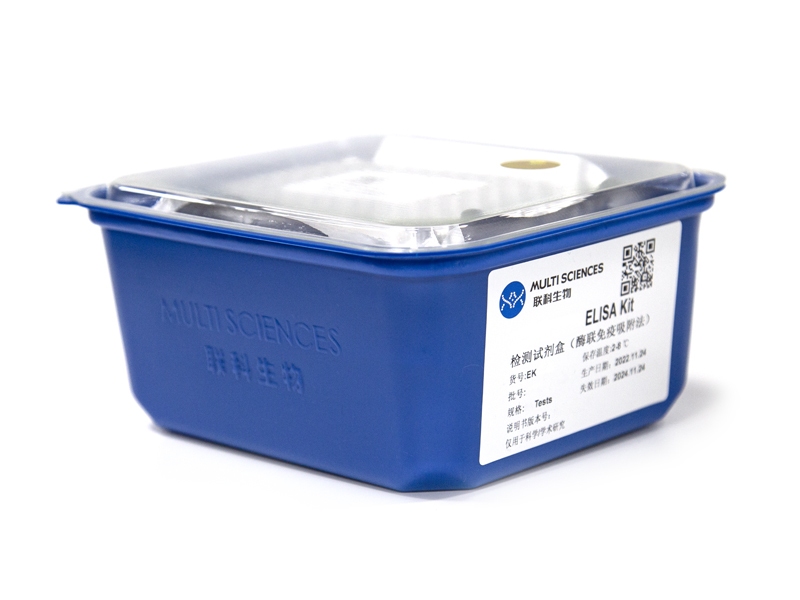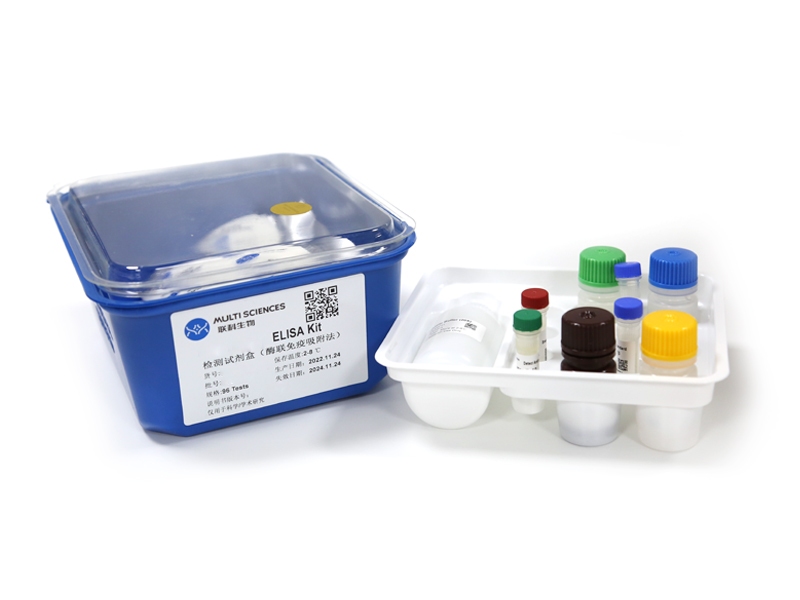Background:Microtubule dynamics plays a crucial role in the spatial arrangement of cell organelles and activation of the NLRP3 inflammasome.
Purpose:This study aimed to explore whether microtubule affinity regulating kinase 4 (MARK4) can be a therapeutic target of periodontitis by affecting microtubule dynamics and NLRP3 inflammasome-mediated pyroptosis in macrophages.
Materials and methods:The NLRP3 inflammasome-related genes and MARK4 were measured in the healthy and inflamed human gingival tissues. Bone marrow-derived macrophages (BMDMs) were infected with Porphyromonas gingivalis, while the MARK4 inhibitors (OTSSP167 and Compound 50) and small interference RNA were utilized to restrain MARK4. Apoptosis-associated speck-like protein (ASC) speck was detected by confocal, and levels of interleukin-1β (IL-1β), as well as IL-18, were assessed by ELISA.
Results:Increased staining and transcription of MARK4, NLRP3, ASC, and Caspase-1 were observed in the inflamed gingiva. P. gingivalis infection promoted MARK4 expression and the NLRP3 inflammasome in BMDMs. Inhibition of MARK4 decreased LDH release, IL-1β and IL-18 production, ASC speck formation, and the pyroptosis-related genes transcription. Furthermore, MARK4 inhibition reduced microtubule polymerization and acetylation in P. gingivalis-infected BMDMs.
Conclusions:MARK4 promoted NLRP3 inflammasome activation and pyroptosis in P. gingivalis-infected BMDMs by affecting microtubule dynamics. MARK4 inhibition might be a potential target in regulating the NLRP3 inflammasome during periodontitis progress.
文章引用产品列表
-
- EK201BHS 786 Citations
- FEATURED ELISA KIT, 高敏试剂盒
Mouse IL-1β High Sensitivity ELISA Kit检测试剂盒(酶联免疫吸附法)
- ¥2,000.00 – ¥3,400.00
-
- EK201B 939 Citations
- FEATURED ELISA KIT, ELISA试剂盒
Mouse IL-1β ELISA Kit 检测试剂盒(酶联免疫吸附法)
- ¥1,600.00 – ¥10,800.00



